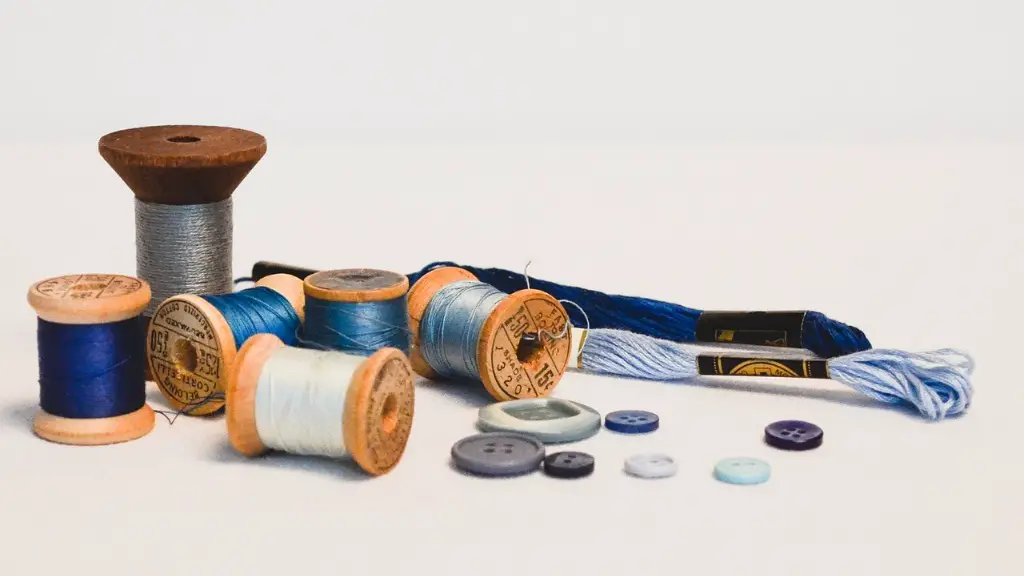Preparing the Machine
When dealing with any sewing machine issue, it is important to always start with the basics. Firstly, clean the machine and check for any debris or thread that may be caught. Look for any lint or other material blocking the path of the bobbin case or the bottom thread. Also, check the tension discs and the bobbin case for any dirt that needs to be removed. If the bobbin case is old or worn, it may be time to replace it and it is always a good idea to use a high-quality metal bobbin case for best results.
Threading the Machine
Once the machine is readied, the next step is to thread the machine correctly. Move the hand wheel to raise the take-up lever and thread the needle from left to right. Make sure there is no bunching or tension around the needle thread guide.
Before you start the bottom thread, cut a long piece of thread and then double it. This gives you two ends and this will make it easier to thread through the guides and the bobbin case. One end of the thread should be placed in the bobbin winding spindle and then wound round the bobbin tension levels in a clockwise direction. Now, bring the other end of the thread through the bobbin case hole and tie both ends of the thread together with a knot.
Check Tension Discs
The tension discs need to be adjusted for the bobbin thread. These are usually located on the outside of the bobbin case. Move the discs to the left or right until the bobbin thread is tight when you hold it. The bottom thread needs to be adjusted until it feeds smoothly and does not bunch up.
Checking the Bobbin Setup
Now, place the bobbin in the machine and make sure that the bobbin and thread spins in a clockwise direction when moved. If it moves in the wrong direction, reverse the bobbin thread direction. Also, ensure that the bobbin case is securely in place and the bobbin thread has passed through the groove of the bobbin tension disk.
Check the Needle and Thread
You also need to check that the needle has been threaded correctly and the thread is passing through the needle eye smoothly. Now, place the spool of thread onto the spool pin and place the bobbin into the bobbin case. Finally, feed the thread in a loop through the slot in the needle plate. Make sure it is well adjusted and not too tight.
Test the Machine
Once everything is in place, test the sewing machine. To do this, insert a piece of fabric and lower the needle down into the fabric. Grip the thread and gently turn the wheel to start stitching. If there are spotless stitches, you can be assured that everything is threaded correctly.
Checking Stitches
At this point, it is important to check the stitches and make sure they lie flat and are even. Make sure both layers of the fabric are moving through the feed dogs without any bunching. If the cloth is bunched up, check that the pressure of the presser foot is correct and the tension discs have been adjusted correctly.
Troubleshooting Basic Sewing Machine Problems
The first thing to do if you encounter a problem with your sewing machine is to identify the cause. It could be that the upper or lower thread has not been threaded correctly, the presser foot is not positioned correctly, the tension discs need to be adjusted, the needle needs to be changed or the thread may be stuck in the shuttle race.
Once you have identified the problem, use the manual or consult with a professional sewing machine technician to make sure the issue is resolved.
Conclusion
Fixing a sewing machine bottom thread issue is simple if you know what you’re doing. Preparing the machine is the first step followed by threading the machine, adjusting the tension discs, checking the bobbin setup, checking the needle and thread and finally, testing the machine. Troubleshooting basic sewing machine problems can also help identify and resolve the issue. Always make sure to refer to the manual or consult a professional to ensure the best results.


